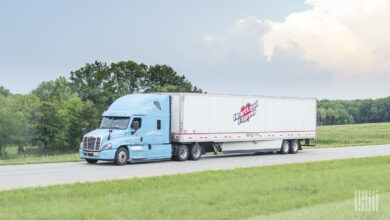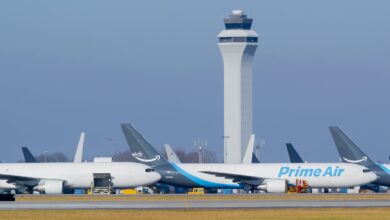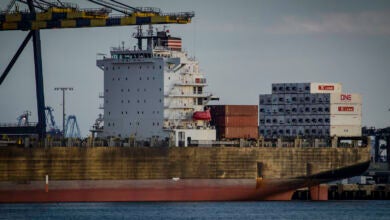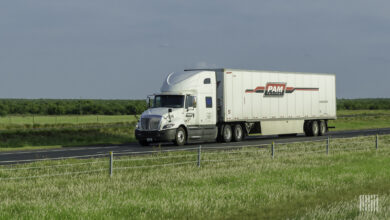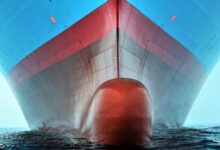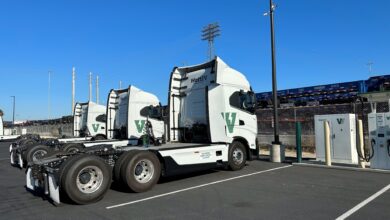Top Stories
Trucking
Knight-Swift cutting costs, focuses on asset utilization
Knight-Swift Transportation said Wednesday it will cut costs and focus the bulk of its investments away from truckload-related offerings in the near-term.

Trucking Regulation
FMCSA standing up registration fraud team

Less than Truckload (LTL)
Old Dominion’s Q1 earnings meet estimate, but LTL stocks fall anyway

Trucking Regulation
Election-year politics cuts into small-trucker priorities

Company Earnings






















